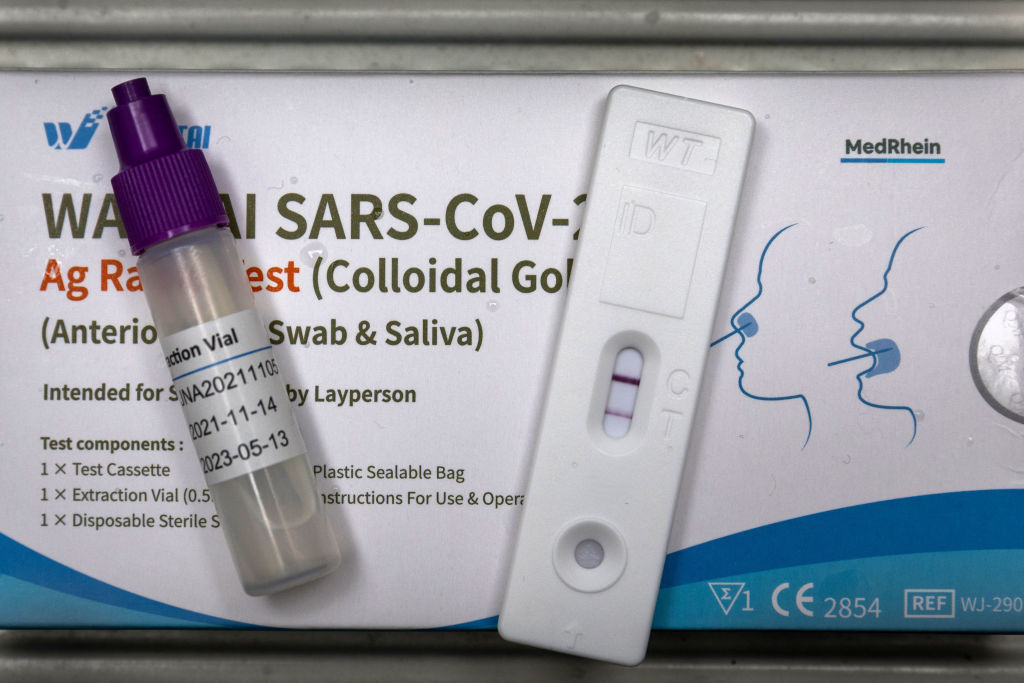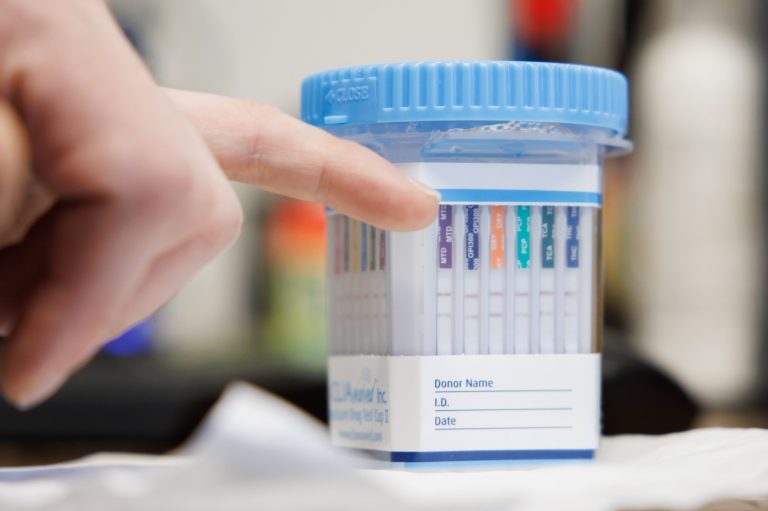For most of the summer, COVID levels in California and the Bay Area have been high.
Test positivity rates have reached 14.3%, growing over 2 percentage points from the week before, according to Friday’s update from the California Department of Public Health. That’s the highest the positivity rate has been in a year.
After rising for three months, the positivity rate is quickly approaching the record high positivity rate for a summer surge — 16% in July of 2022.
While testing data is no longer available at the local level, Santa Clara County wastewater shows the virus has been spreading at high levels for several weeks. All four sewersheds — Palo Alto, Sunnyvale, San Jose and Gilroy — have “high” concentrations.
In Contra Costa County, wastewater is also showing high concentrations of the virus, and the county public health department urged residents this week to mask in crowded indoor situations, “particularly for those at high risk of serious illness if infected.”
“Face masks are an effective tool to reduce the spread of the virus,” Dr. Ori Tzvieli, Contra Costa County’s health officer said in a statement. “This is one of those times. Our health system is not seriously impacted by COVID currently, and our goal is to keep it that way.”
Dr. John Swartzberg, clinical professor emeritus of infectious diseases and vaccinology at UC Berkeley, think the Contra Costa Health’s recommendation is “excellent advice.”
“There’s still too many people being hospitalized and too many people dying,” Swartzberg said, pointing to the fact that annual COVID deaths still exceed the number of deaths during a normal flu season.
Contra Costa Health attributes the current prolonged surge to the FLiRT variants currently spreading in the western part of the country, which they called “particularly infectious.”
“We didn’t have a long respite from the winter surge,” Swartzberg said. He also attributes the virus’s stubborn climb this spring and summer to the current string of variants. “The subvariants of Omicron continuing to spin off new subvariants that are more transmissible and more immune evasive.”












